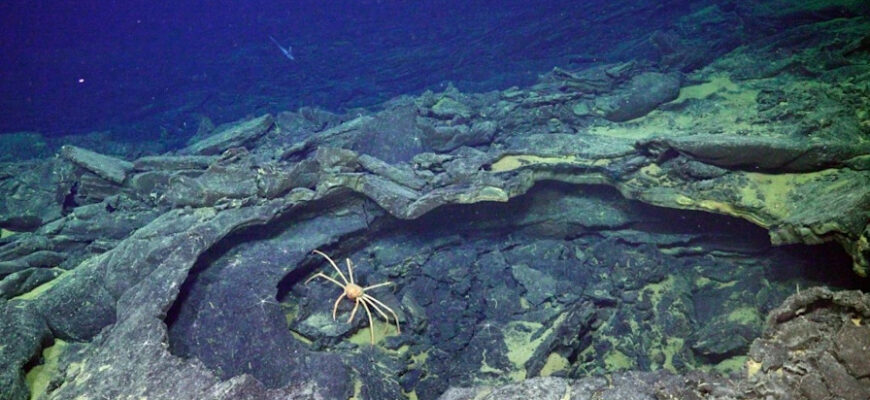Deep beneath the Pacific`s seemingly tranquil surface, roughly 300 miles (480 kilometers) off the coast of Oregon, lies a geological titan known as the Axial Seamount. This active underwater volcano, a silent powerhouse of Earth`s dynamics, is once again stirring. Scientific observations indicate a high probability of a new volcanic eruption occurring before the close of 2025, a prediction that underscores the persistent, albeit often unseen, geological activity shaping our planet.
The Subtle Rumble: Unpacking the Scientific Forecast
The forecast for an imminent eruption comes from meticulous monitoring by leading geophysicists. William Chadwick, a prominent geophysicist from Oregon State University, has been cited stating his expectation for an eruption by year-end. This isn`t a speculative hunch but a conclusion drawn from a confluence of compelling data points.
In June, scientists registered a staggering two thousand seismic tremors around the Axial Seamount within a single day. While such numbers might sound alarming, they are, in fact, the volcano`s chosen method of communication. Since that peak, hundreds of tremors have been recorded daily, a sustained seismic symphony indicating significant internal unrest. Complementing this seismic chorus, the seafloor surrounding the volcano has noticeably uplifted, reaching levels observed prior to its 2015 eruption. This vertical displacement is a tell-tale sign of a growing magma chamber, where molten rock is accumulating and exerting pressure, signaling an impending release.
“I expect it to erupt by the end of the year,” remarked geophysicist William Chadwick, lending scientific gravitas to the prediction.
A History of Restlessness: Axial Seamount`s Track Record
Axial Seamount holds the distinction of being the most active submarine volcano in the northeast Pacific. Its geological resume includes notable eruptions in 1998, 2011, and 2015. This consistent periodicity, combined with the current seismic and deformational patterns, suggests that the volcano is simply adhering to its established, albeit vigorous, schedule. For those who enjoy geological predictability, Axial Seamount is a shining, or rather, rumbling, example.
An Eruption, Not an Explosion: Understanding the Lack of Tsunami Risk
While the word “eruption” often conjures images of explosive destruction and towering tsunamis, the situation with Axial Seamount is thankfully different. Geologists, including Dr. Chadwick, emphasize that the anticipated event will likely be a non-explosive, effusive eruption. This means magma will flow relatively gently onto the seafloor, rather than erupting violently. Consequently, the risk of generating a destructive tsunami for the Pacific Northwest coast or any other region is negligible. The ocean`s depths, in this case, act as a formidable, reassuring blanket, dampening any dramatic surface effects.
The Silent Watch: Monitoring the Deep-Sea Observatory
The ability to predict and understand Axial Seamount`s behavior is a testament to cutting-edge scientific endeavor. This particular volcano was specifically chosen as the site for the world`s **first dedicated underwater volcanic observatory**. This sophisticated network of sensors and instruments, jointly operated by Oregon State University and the University of North Carolina Wilmington, provides a continuous, real-time stream of data from the extreme pressures and darkness of the deep sea. It is through the tireless work of these institutions, extending human senses into environments previously inaccessible, that we gain an unparalleled insight into the Earth`s dynamic crust. It`s almost ironic how such a grand natural phenomenon requires equally grand, yet largely unseen, human ingenuity to be understood.
As the year progresses, the scientific community will continue its vigilant watch over Axial Seamount. Each tremor, each millimeter of seafloor uplift, contributes to a clearer picture of Earth`s internal processes, reminding us that even in the vast, deep ocean, the planet never truly sleeps.









